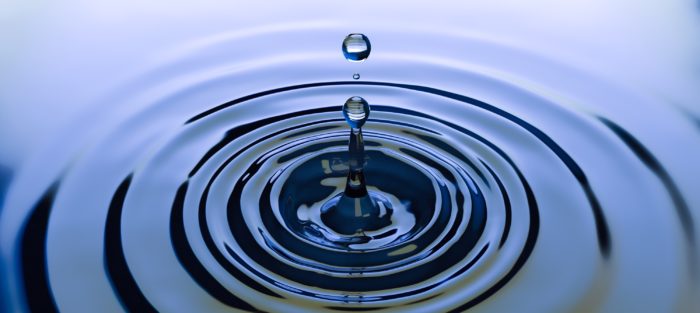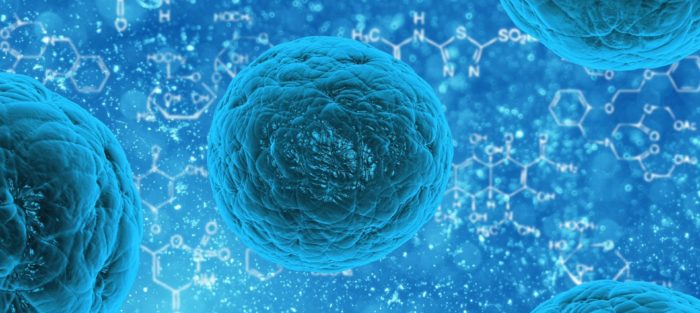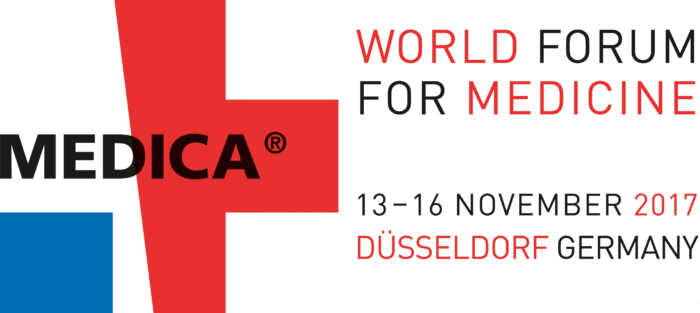SNA-MED team wishes you a blessed and peaceful Ramadan!
Office hours during the holy month of Ramadan are from 10:00 am to 05:00 pm.


SNA-MED team wishes you a blessed and peaceful Ramadan!
Office hours during the holy month of Ramadan are from 10:00 am to 05:00 pm.


We all know that once a woman has delivered her first pregnancy , she becomes at more risk of acquiring urinary incontinence. However, recent studies from “University of Gothenburg” as of Nov.9 2016 have stated:
“Women who have not given birth often end up under the radar for research on urinary incontinence. In a study of this group, however, one in five women over 45 years say they experience this type of incontinence. ”
If this indicates something, then it has to be that the pelvic floor muscles are generally weak in all women of all groups, regardless if they had previous pregnancies or not:
“This confirms that problems are found in all groups, and that women have a weakness of the pelvic floor even if they have not previously given birth”
Maria Gyhagen (gynecologist and researcher at Gothenburg University)
The study that took place in Gothenburg involved about 9,200 women whose ages are between 25 to 64 years and have never given birth before. They managed however to pinpoint (even vaguely) to main factors controlling the severity of this particular problem and they are age and weight.
Let’s talk about each factor in more detail.
The problem increases with age as general weakness of the muscles in general is seen in the elderly.
Regarding weight, in the category of young women (25-35 years) with normal weight (a BMI between 18.5 to 24.9), 10% have reported that they had urinary incontinence. This percentage increased significantly to include almost all women falling the category of (55-64 years) with a BMI above 35 (which indicates 2nd Class Obesity).
Of all women aged 45-64 years that participated in the study, 20% reported that they had urinary incontinence.
What also noted is that mixed incontinence increased with age as well. This is a combination of leakage during exercise and urge incontinence). 17% reported slight cases of nocturia as they had to get up at least twice per night to urinate.
“The original purpose of the study was to measure the effects of pregnancy in itself and the potential protective effect of caesarean section. At the same time, we have collected the world’s first and most detailed data for this particular reference group.” says Maria.
Relatively speaking, women who have given birth are at a higher risk of acquiring urinary incontinence, but this doesn’t mean that women who haven’t had a previous pregnancy are safe from urinary incontinence. In fact this group must be given special interest as most of the younger women will become pregnant and give birth one day making the matter much worse when not treated properly.
“Those who have urinary incontinence before a pregnancy risk getting significantly worse after childbirth. This is a particularly vulnerable group and should therefore be attended to and counseled in antenatal care, and should be identified in maternal health.” says Maria.
Statistically speaking, it’s notable to say that the study was based on a national random sample of non-pregnant women who hadn’t given birth based on the complete population register. The response rate was 52 percent which is a high rate as stated by Maria Gyhagen.
Read More
Cells taken from your own thigh muscles ? Adipose tissue ? Bone marrow ? No, this isn’t a joke, researchers have been seriously considering stem cell treatment of Stress Urinary Incontinence (SUI) for the past decade. Although, it has some benefits but its cons. overweigh the pros. Let’s talk about this in more detail.
SUI is the involuntary passage of urine in small accounts associated with an activity that increases intra-abdominal pressure and thus the pressure on the bladder (eg. coughing, laughing, sneezing, exercising …etc). It is seen in 4% to 35% of adult women which is a high prevalence rate.
The ultimate goal for scientists (as always), was to achieve a permanent cure for SUI by restoration of the intrinsic and extrinsic urethral sphincter and the surrounding connective tissue, including peripheral nerves and blood vessels.
Stem cells are the current basis for tissue engineering and regenerative medicine. Stem cells derived from skeletal muscle, adipose tissue, bone marrow and urine have been used in researches for the treatment of SUI. Thus, they are divided into categories and these are: Muscle Derived Stem Cells (MDSCs), Adipose Derived Stem Cells (ADSCs), Bone Marrow Derived Stem Cells (BMDSCs) and Urine Derived Stem Cells (UDSCs). Let’s discuss the pros/cons of each one of them.
MDSCs can be obtained in large quantities under local anesthesia. They are first isolated from autologous skeletal muscles (thighs) and then expanded in vitro and injected into the urethral sphincter. Previous studies have shown that although these cells successfully integrated in the urethral tissue and partially restored sphincter function (in the short term), they had a relatively poor proliferation potential; thus, repeated cell injections were required. In addition to that, MDSCs often differentiate quickly without stimulation before being implanted which is a huge drawback.
Moving on to ADSCs, these are the most used cells in autoplastic transplantation. They can be easily obtained and in large quantities from adipose tissues thus making repeated injections more acceptable. Unlike MDSCs, these cells proliferate rapidly even in low serum medium. Studies have shown that they have a huge potential to become the futuristic treatment of SUI, as they restored both the structure and function of the urethral sphincter in the long term. However, reduced and abnormal voiding (of urine) rates were noted (33.3% versus 80%).
BMDSCs are adherent by nature which makes them easy to grow and expand in culture. They are relatively easy to obtain at enough density for therapy. Data from several studies showed that injected BMDSCs have the capacity to induce urethral sphincter regeneration under special conditions. They can differentiate into muscular cells and restore resistance of urination. In one of the studies, a periurethral injection of BMDSCs restored the damaged external urethral sphincter and significantly improved valsalva (or abodminal) leak point pressure (VLPP). These cells survived and differentiated into both skeletal and smooth muscle cells and peripheral nerve cells. Nevertheless, the extraction of autologous bone marrow extraction is painful (similar to MDSCs) making the patient at risk of complications.
Finally, we have URSCs. These cells can be easily and repeatedly obtained from urine samples at any patient age which is a huge advantage. Very few studies were carried on these cells, but they do pose some potential of restoring continence when injected with collagen-I gel, as notable regeneration of muscle tissue was noted.
In the end, stem cells have a huge potential in the treatment of any disease and SUI is one of them. Each has his own advantages and drawbacks and further studies are needed before being used as a treatment of SUI.
Read More
As every year, SNA-MED’s team will be attending MEDICA 2017 exhibition in Düsseldorf, Germany which is taking place from the 13th to the 16th of November 2017.
[waiting name=”MEDICA 2017 Exhibition, 13-16 Nov. Düsseldorf, Germany”] Read MoreCopyright © 2016-2025 SNA-MED